Review: GoPro Hero 4 Black brings high frame rates to high-resolution video
GoPro Hero 4 Black
4.0 / 5With this year's new Hero 4 Black camera, GoPro introduced a top-notch ruggedized device capable of shooting 1080p at an astounding 120 frames per second and 4K video up to 30 frames per second. But coming in at $499 without remote, is the latest GoPro worth the price of admission?
Unlike previous years that saw an upgraded high-end model push older products to lower price points, for 2014 GoPro debuted three entirely new tiers with the Hero 4 Black, Hero 4 Silver and entry-level Hero.
The latest Hero variations are, as usual, iterative takes on the progressing GoPro lineup, but with a few notable changes. First, the Hero 4 Silver is the first GoPro to offer an integrated touchscreen and carries over the same shooting capabilities as the Hero 3+, last year's top-of-the-line model. A new $129 entry-level GoPro, simply dubbed "Hero," captures 1080p footage at 30 frames per second and 720p at 60fps, comes with a waterproof housing and uses a new all-new black camera body, all of which are decent specifications for the price.
Finally, the Hero 4 Black, GoPro's flagship and the camera under review, carries over the same small form factor for which the company is known, but doubles high-resolution frame rates to 120fps for 1080p and 30fps for 4K. The new specs are impressive and in many ways take GoPro to an entirely different level in terms of usability.
Design
GoPro continues to hone the familiar boxy design made popular with the first Digital Hero editions. Those familiar with previous models will feel at home with the Hero 4 Black's size, button layout and overall user experience, as it remains largely unchanged.
There are places where GoPro improved, however, not the least of which being the battery handling system. With the Hero 4 Black, GoPro moves from a rear battery cover to a protected insertion slot located at the unit's base. The tight fit and padded hinged door is far less susceptible to uncoupling, guaranteeing electrical contact even in the harshest conditions. An obvious downside to the configuration is that the device must be removed from the housing when swapping out battery packs, but we feel the extra security is worth it.
The Hero 4 Black also relocates the traditional front-mounted blue Wi-Fi status and red recording LEDs, embedding them into the LCD screen's bezel area for a decluttered camera face. Previous models had the two LEDs stacked next to the Power/Mode button. The new layout is cleaner, but a tad less legible as the front LEDs now sit behind small slits rather than large round portholes.
While recording, users can choose to illuminate all four red indicator LEDs (top, bottom, front and back), two (front and back) or none. System sounds (register beeps) can also be turned down to 70-percent volume or off for stealth shooting.
Physical controls include the aforementioned Power/Menu actuator, a large round button on the front panel, a Settings/Tag button on the right side and the Shutter/Select button up top. GoPro remapped the side-mounted button, so it is no longer a dedicated Wi-Fi on/off switch. Instead, depressing the actuator brings up contextual camera settings for whatever shooting mode is currently selected (Wi-Fi can still be toggled with a single long press). This offers quick access to video and photo preferences and cuts down on accidental Wi-Fi activation, a major battery suck.
The multi-function settings button can also be pressed during recordings to add a HiLight Tag, or a metadata mark that shows up in the video timeline when editing or sharing footage using the GoPro app or GoPro Studio software.
Shooting
Using the GoPro is a straightforward experience; just point and shoot. With an ultra wide-angle field of view, the Black's all-glass lens pretty much captures everything in front of it (fisheye distortion is still an issue, but nothing that can't be fixed in post-processing).
The Hero 4 Black supports a total of 47 different resolution and frame rate combinations, ranging from 30fps at 4K (3840-by-2160 pixels) to 240fps at WVGA (848-by-480 pixels). Each resolution worked as advertised during testing, but we concentrated on resolutions of 1080p and higher as we believe these to be of most interest to prospective buyers.
With one of the most processor-intensive options, 4K at 30fps, the Black performed exceptionally well in settings with plenty of light. Compared to last year's Hero 3+, the 30fps rate is a major improvement that produces usable super high-resolution footage. While not the standard NTSC 60fps interlaced field rate, 30fps is a marked step up from 15fps, reducing motion blur, judder and introduced artifacts resulting from a lower rate of capture.
For videographers, GoPro also includes 25fps and 24fps shooting modes for easy transfer and conversion to the 50i PAL standard, as well as video-to-film. Some users may prefer to shoot at 24fps as it yields a cinema quality filmic look, but the frame rate is less useful for fast action shooting. As an alternative, users can pick up frames by switching to a lower resolution of 2.7K, available in frame rates from 24fps to 50fps.
4K resolutions are great if you have a compatible monitor or television, but may not be worth sacrificing shooting speed, especially when using the Hero 4 Black as an action cam. It should be noted that Hero 4 Black is not capable of outputting a 4K signal to a 4K HDTV, and will instead scale down to 1080p60 when connected via HDMI.
The prospect of shooting 4K with a handheld camera is enticing, but we found the Hero 4 Black's 1080p new frame rate selection — 24, 25, 30, 48, 50, 60, 90 and 120 frames per second — to be the most impactful addition to the upgraded feature set. The top rate of 120fps was present last year at 720p, but the Hero 4 Black lifts that spec up to 1080p, quite the accomplishment for a small, tough action cam.
As seen in the video embedded above, 120fps at 1080p allows for stunning high-res capture with very low motion blur for most activities. The mode works best in well lit scenes, of course, and care should be taken when shooting with artificial lighting as the boosted shutter speeds introduce flicker, especially energy efficient fluorescents.
Capturing at 120fps opens the door to flexible slow motion shooting, with added detail clearly noticeable on a Retina MacBook Pro, becoming more pronounced when viewing edited footage on a 55-inch 1080p HDTV.
On a related note, image quality is expectedly high in well-lit scenes, as mentioned above, but quickly fades with darker environments. This is not surprising given the constrained optics, small sensor footprint and relatively low-power processor, but we felt it worth mentioning. GoPro includes a night shooting mode that tones down noise a bit, but at the sacrifice of color depth and sensitivity. In short, without heavy post-processing, dark footage coming out of the Hero 4 Black is very sloppy.
Other advanced shooting modes include SuperView, which dynamically resizes a full-height 4:3 image (stretches out the edges while leaving the central area untouched) to fit the widely accepted 16:9 ratio, photo burst modes for time-lapse photography and QuikCapture, which wakes the device to instantly snap a photo or video.
Image tuning
GoPro did a good job of calibrating the image sensor, controller and optics to deliver accurate colors and optimal camera settings out-of-the-box. For advanced users who want to ring out the most from the Black, GoPro again offers "Protune," which is now available for both video and photos across all resolutions.
With Protune enabled, users can override GoPro's automatic settings with manually-adjusted white balance, color, ISO, sharpness, shutter speed and exposure values (EV). In addition, metering can be switched from multi-region to spot, a good way to prevent blowing out a brightly lit scene when shooting from indoors or the shade.
Protune is disabled by default, but can be quickly accessed via the settings menu either on camera or through the GoPro app. We suggest tweaking settings through the app as the live viewfinder can be used to monitor adjustments on the fly.
Connecting with iPhone
For our tests, we used an iPhone 6 with GoPro's latest app version, which acts as a remote control and live viewfinder for most resolutions and frame rates.
Bluetooth connectivity is a new feature for the Hero 4 Black, but is currently limited to device pairing duties. Aside from device setup procedures, Wi-Fi is used for all remote control and preview functions.
Unlike the Hero 3+ Black, the Hero 4 Black does not include GoPro's Wi-Fi Smart Remote in the box, tacking on another $80 to the base price if you need to control the camera without a smartphone.
As for live preview, the compressed video still lags when using the iOS app, but not to the point of being unusable. The feature came in handy when shooting from inside a car, a situation where manually pressing the record button is difficult.
Live preview is not supported in certain shooting modes, such as 120fps at 1080p, but this was never a problem during testing as we were usually focused on the task at hand, not the iPhone's screen. Simply framing the shot and hitting record will suffice in a majority of use cases.
Conclusion
The GoPro Hero 4 Black is, as can be expected, the best GoPro ever made. At $500, plus $80 and up for the Smart Remote and other accessories, it's also one of the most expensive brought to market.
As is often the case with annual product cycles, the decision to upgrade comes down to the user. For those who want or need high-speed 1080p, the Hero 4 Black is the only choice in GoPro's lineup. The same goes for users who want usable 4K video. Being able to record at 120fps at 1080p is a boon for professionals and enthusiasts.
On the other hand, for casual users the cost may outweigh the benefits. Those that can make do with 60fps at 1080p — or the occasional 4K video at 15fps — may be better served by the Hero 4 Silver, which is the same size as the Black with integrated touchscreen viewfinder.
All things considered, the improvements GoPro managed to cram into the Hero 4 Black without compromising portability make for an easy recommendation. Not only is it rugged, but the little camera puts out stunning HD video at frame rates challenging pro-am camcorders. If you are at all interested in slow-motion content, capturing fast-moving sports without persistent motion blur or taking 4K video in places never before possible, the $499 price of entry is definitely worth it.
Score: 4 out of 5
Pros:
- High-quality video recording in an exceptionally small package.
- Easy-to-use interface.
- Amazing assortment of mounting accessories
Cons:
- Battery life still limited to less than one hour with high-fps, high-res video.
- Device becomes warm with continuous filming.
- Expensive compared to previous Hero generations.
Where to Buy
GoPro's HERO4 Black Edition remains in pretty tight supply but is currently in stock at Amazon, Adorama and Best Buy. It will also begin shipping from B&H, which also offers an assortment of pre-assembled HERO4 + DJI Phantom bundles — in early November. A rundown of prices and editions available from these Apple's Authorized Resellers follows:
Amazon:
HERO4 Black $499.99
HERO4 Black Starter Bundle $519.98
HERO4 Black Surf Bundle $529.99
Amazon collects sales tax on orders shipped to AZ, CA, CT, FL, GA, IN, KS, KY, MD, MA, MN, NV, NJ, NY, NC, ND, NV, PA, TN, TX, VA, WA, WV and WI.
Adorama
HERO4 Black $499.99
Adorama only collects sales tax on orders shipped to NY & NJ.
B&H Photo & Video:
HERO4 Black $499.99
HERO4 Black Music Edition $499.99
HERO4 Black Surf Bundle $519.00
10 Pre-assembled DJI Phantom Drone + HERO4 Kits $1,193.57 to $2,479.95
B&H only collects sales tax on orders shipped to NY.
Best Buy
HEREO4 Black $499.99
Best Buy collects sales tax on all orders.
 Mikey Campbell
Mikey Campbell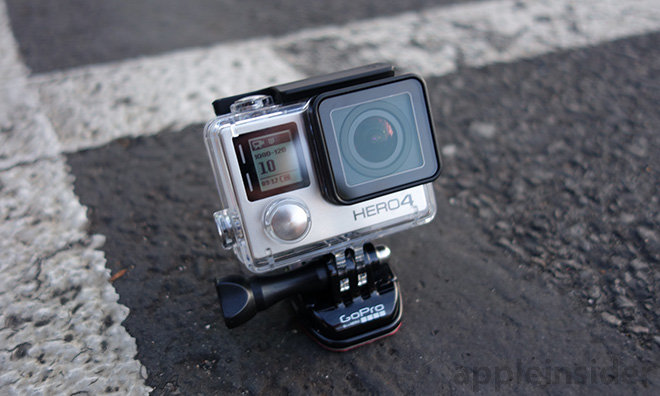
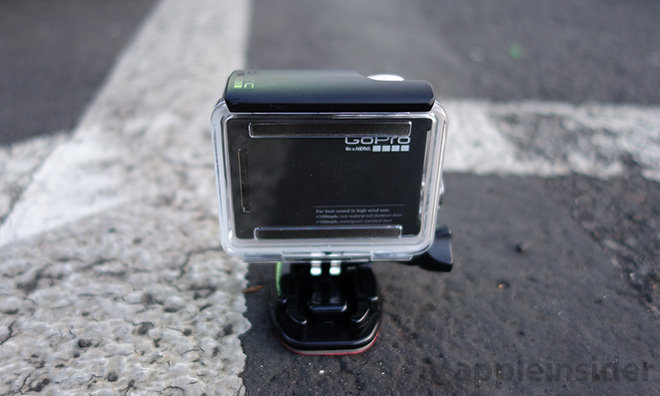
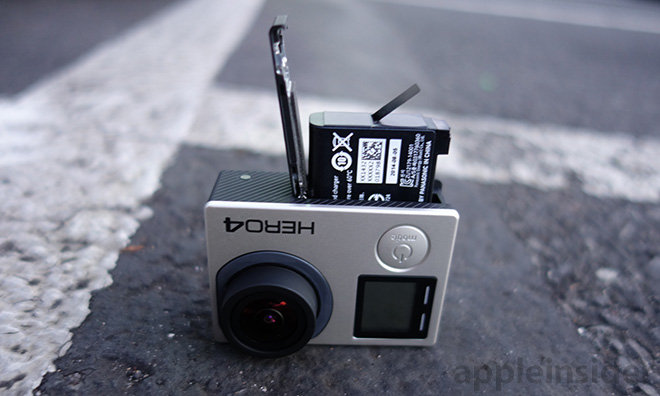
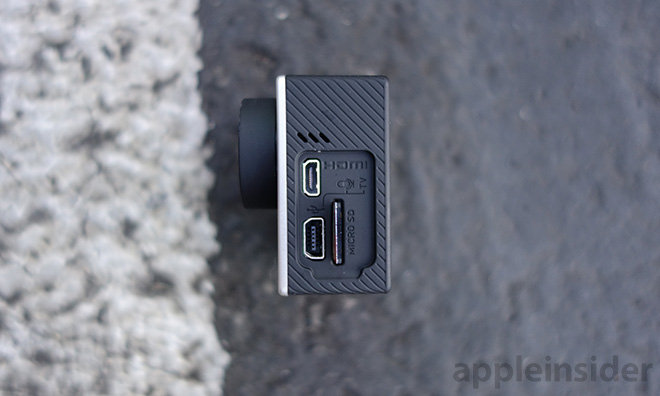

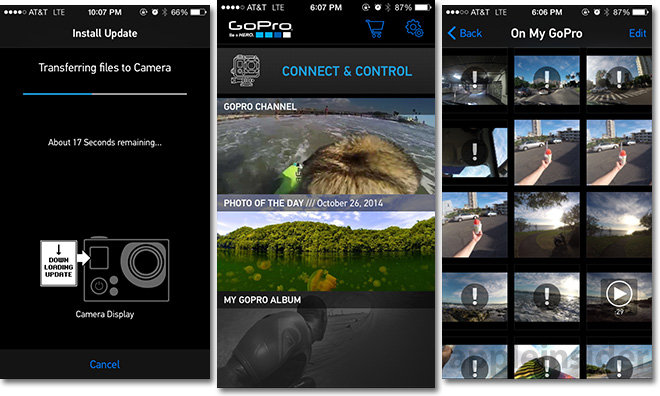
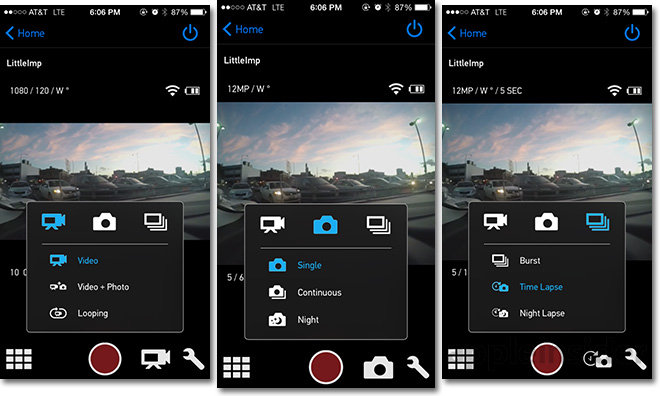
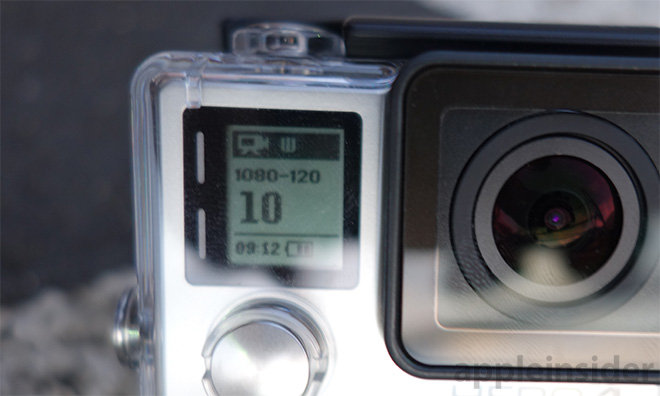



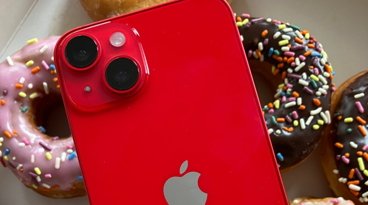



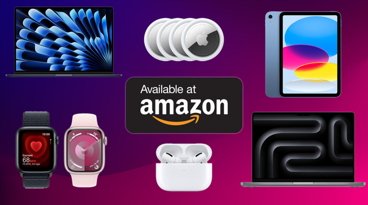





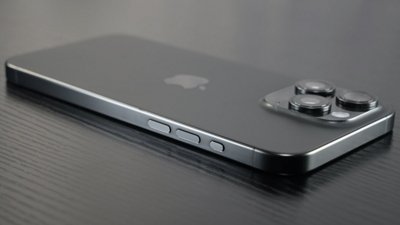
 Andrew Orr
Andrew Orr
 William Gallagher
William Gallagher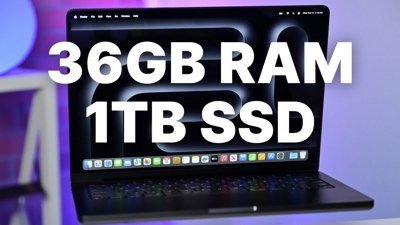
 Christine McKee
Christine McKee
 Malcolm Owen
Malcolm Owen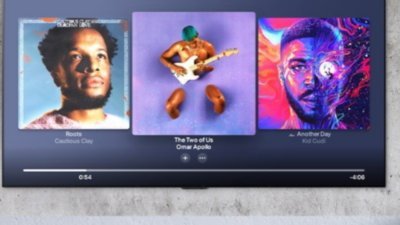
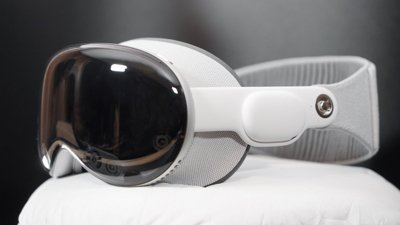
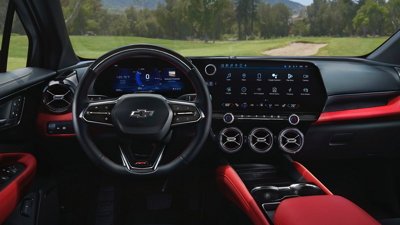
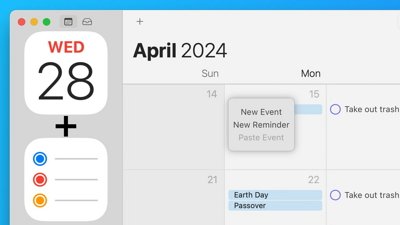
 Marko Zivkovic
Marko Zivkovic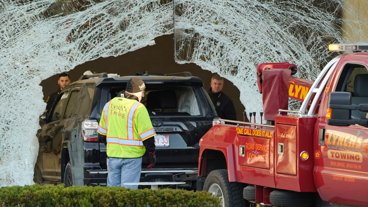









14 Comments
Thanks for the review. I watched the videos at full screen on my 24" iMac and was surprised how pixellated they were. I didn't bother adjusting Youtube settings. I feel that this device must be capable of far higher quality pictures.
The iPhone does 240 fps - double what the GoPro can do.
defintion of niche product.
i can get better results on my 6+
I would like to see your underwater footage similar to the one taken here, but with your 6+.
Wake me up when it will be capable of making phone calls :)
[quote name="staticx57" url="/t/183071/review-gopro-hero-4-black-brings-high-frame-rates-to-high-resolution-video#post_2627963"]I would like to see your underwater footage similar to the one taken here, but with your 6+. [/quote]Sure sir Waiting for my watershot case to be manufactured for my iPhone 6 plus and then I will post underwater footage for u :)